Is Lye Natural and Safe? Why It’s in Every Real Soap-Even the Gentle Ones
Why does lye (sodium hydroxide) need to be in soap? This is a huge question I asked myself when I started looking into a more natural way of making soap. I read all the ingredients in the soaps and other products we were putting on our skin.
I began to wonder what all the chemicals were for and how they were affecting us. What I found is we don’t need all those crazy chemicals to create an amazing soap. But we do need Lye. You can not make a natural soap (or any soap) without it.
Whether you are looking to choose more natural products or make your own DIY remedies out of herbs and natural ingredients, check out our Naturing Healthy Living Page for more.

This post contains affiliate links. This will not cost you anything but will help us offset the cost of running the blog. We only share products we use and would recommend to a friend. Thank you for your support! Click ‘HERE’ for more info.
What Is Lye and How Does It Work?
Lye, also known as sodium hydroxide, potassium hydroxide (in liquid soaps), or caustic soda, is a strong alkaline material. It is used to make soap, cleaning products, and to make some foods (like pretzels!). It is very corrosive, so it will cause burns and could damage your skin.
Lye does occur in nature! Historically, people made it by leaching water through hardwood ashes to create a form of lye called potassium hydroxide. While that old-fashioned method worked, it was inconsistent. Today, the lye used in soapmaking is created through a modern process that ensures it’s highly purified and consistent, making it safe and reliable for creating gentle, skin-loving soaps.
When lye is mixed with a fat, like tallow, olive oil, coconut oil, etc., it creates soap through the process of saponification.
What is Saponification?
What is saponification, you ask? Well, according to the National Institute of Health, “Saponification is the process in which triglycerides are combined with a strong base to form fatty acid metal salts during the soap-making process. The distribution of unsaturated and saturated fatty acids determines the hardness, aroma, cleansing, lather, and moisturizing abilities of soaps.”
Is Lye Still in the Final Product?
If you thoroughly mix together a lye-water mixture with fats (animal or vegetable), a chemical reaction happens that creates soap.
In the final product, there is no trace of lye left. But to be transparent with our products, we write every ingredient we use on our ingredient list. This means you’ll see sodium hydroxide on our labels, even though there isn’t any left when the soap is complete.
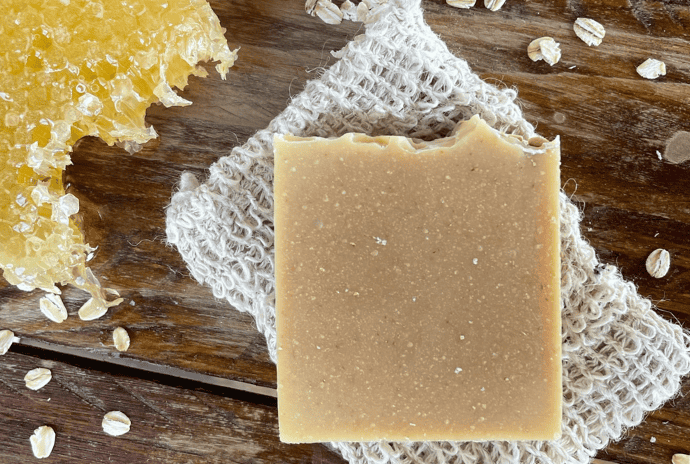
Why Some Soaps Don’t List Lye in the Ingredients
I know a lot of people think, “I saw a soap that didn’t have any chemicals in it.” Sometimes you will see people writing their ingredients using words like ‘saponified oils’ or changing the words to ‘sodium olivate’ and adding glycerin to their list.
This is just a way some people have come up with to list things without the lye (sodium hydroxide) mentioned. But there is no way to make soap without it, and changing the names of the ingredients does not mean it is not there.
Alternatively, if you have ever made a Melt and Pour Soap, you might have wondered why you didn’t have to handle lye to make your soap! This is because lye was already used in the preparation of your melt and pour soap, and the oils were already saponified.
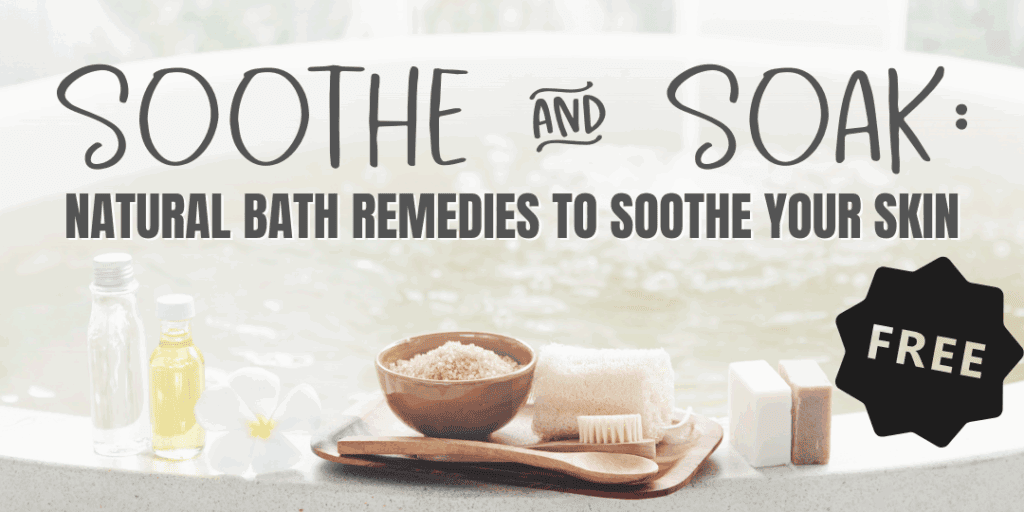
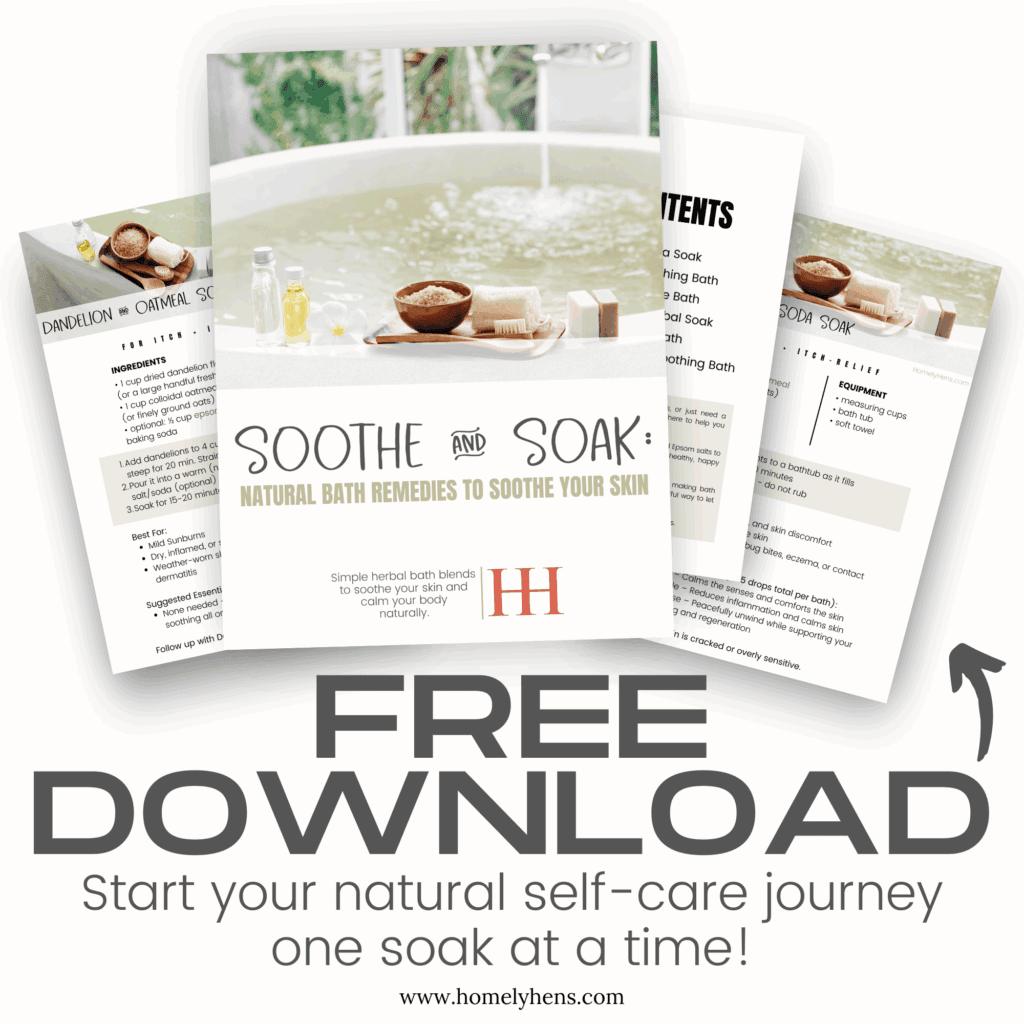

Selling Soap? What You Need to Know About Lye and Labeling
Here is some info in case you are ever interested in selling soap yourself. Once we started on this venture to sell soap, I took a deep dive into regulation. The FDA has a lot of rules when it comes to selling soap. One rule is that all ingredients need to be listed. They also need to be listed in order of greatest to least.
Once a company starts to change the wording, they are taking a risk of getting in trouble with the FDA. The saponification process can put the components on a different level once mixed. Listing them in the original context keeps things correct from a legal standpoint.
If you do find yourself really convicted and want to change the name, you can find a company that can do a test in a laboratory to determine the final ingredients in a soap.
Here is a link to the FDA Labeling Regulations Page. I know, I know…. we are talking about soap here, right? Well, if you are selling soap and you say it leaves you smelling amazing, you, my friend, are now selling a cosmetic. The FDA covers everything you can think of in what they expect. Including Ingredient Names being listed as what they are.
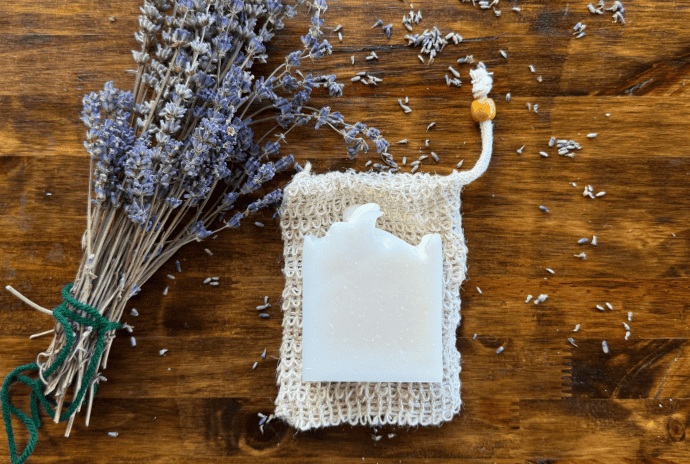
Is Lye in Soap Safe for Skin?
Lye is non-allergenic, non-acne-promoting, non-irritating, and won’t clog your pores. With no trace of the lye remaining in the end product, you are left with all the vital ingredients full of nutrients, vitamins, antioxidants, and the ability to moisturize your skin. The process we use creates gentle soaps that won’t dry out or irritate your skin and, in some cases, fight bacteria.
Natural soaps leave you feeling good about your choices for yourself and your family. That is something we can get behind here at Homely Hens. Read about the Benefits of Tallow in Skincare Products.
Does Lye-Free Soap Exist? (Spoiler: Not Really)
I know I already spoiled your fun, but soap without lye does not exist! Melt and Pour soap kits can be bought, and this is a great option for making soap if you want to avoid lye or if you want to make some soap with kids. This soap only avoids lye because it already went through the saponification process.
Anyone who says they have soap that doesn’t contain lye is mistaken.
So What Makes a Soap Natural?
Natural soaps are soaps with ingredients that you can trust, that are natural, and that are actually beneficial to your skin and body. They contain high-quality ingredients like tallow, olive oil, oats, honey, and pure essential oils as examples. Learn about some of the natural ingredients in our Benefits of Tallow in Skincare post.
The biggest thing I try to do when it comes to natural products is avoid toxic ingredients. I know this may seem obvious, but it is harder than it looks because brands can be tricky with their labeling. Unfortunately, there are chemicals hidden on ingredients lists in fragrances. Read more about toxic ingredients in the blog post about Why I Ditched Toxic Ingredients!
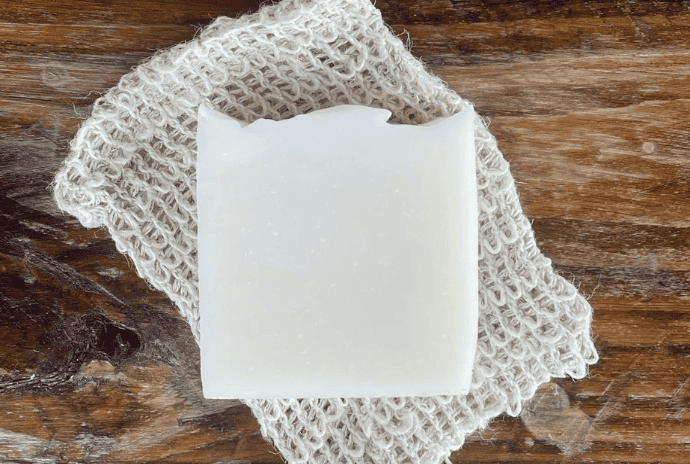
My Favorite Natural Soaps That Use Real Lye
Still Curious? FAQs About Lye in Soap
Lye (sodium hydroxide) is a caustic substance on its own, but when it’s properly used in the soap-making process (called saponification), there is no lye left in the final product. Well-made natural soap is completely safe and gentle for the skin.
Lye is essential for turning oils and fats into soap. It’s the key ingredient that triggers the saponification process. Without lye, you don’t have soap—just a mix of oils and water.
Technically, no. All real soap is made with lye. However, if you’re using a pre-made soap base (melt and pour), the lye has already been used and neutralized during manufacturing.
Yes, when made properly, lye soap can be very nourishing, especially when made with skin-loving ingredients like tallow, olive oil, or shea butter. It’s free from synthetic detergents and can be gentler on sensitive skin.
Some soapmakers list ingredients as “saponified oils” instead of listing lye directly. This is technically accurate—the lye is no longer present. However, if real soap was made, lye was used at some point.
Properly made soap will have no active lye remaining. Reputable makers test their recipes carefully to ensure complete saponification. If you’re buying handcrafted soap, look for transparency in the ingredient list.
Not quite. Castile soap refers to soap made primarily with olive oil, and it still uses lye. So while castile soap is a type of lye soap, not all lye soaps are castile.




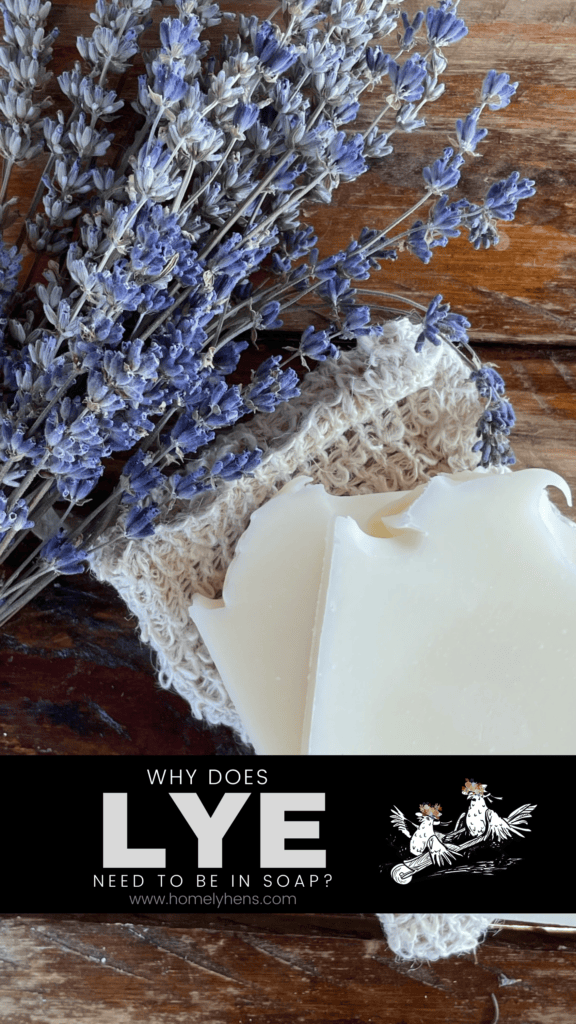
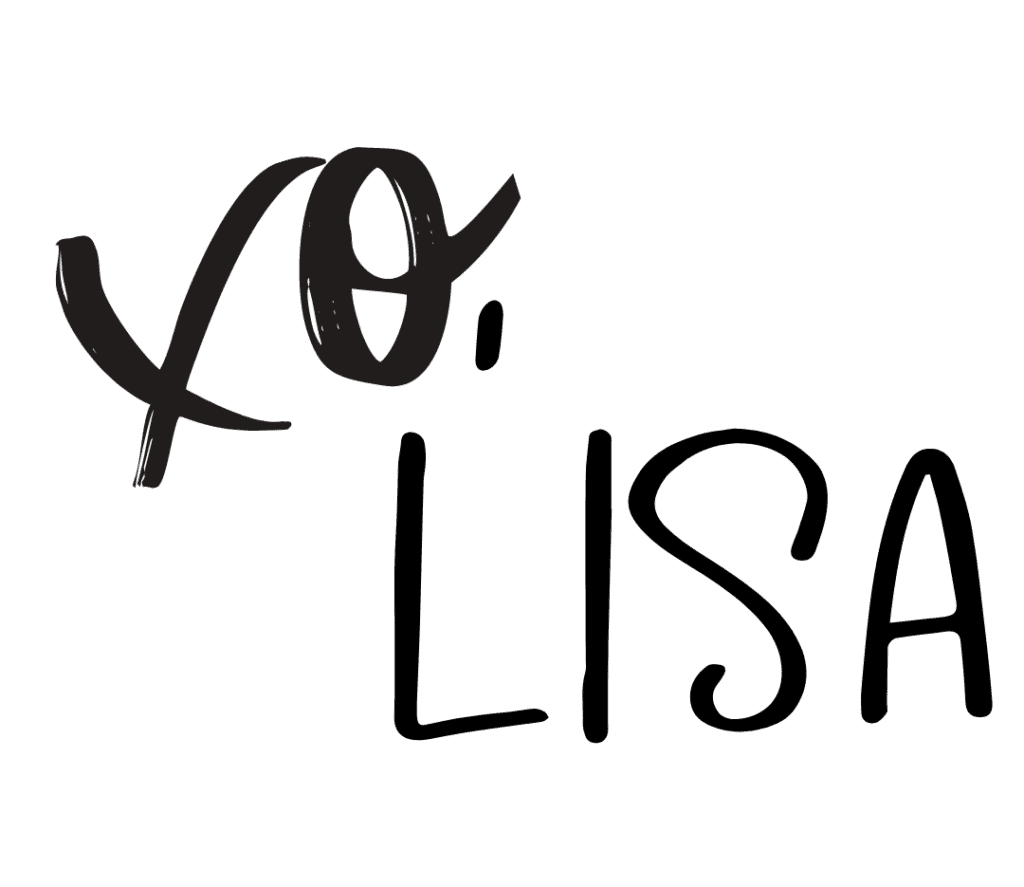
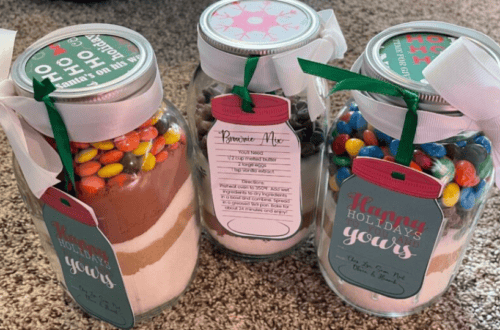
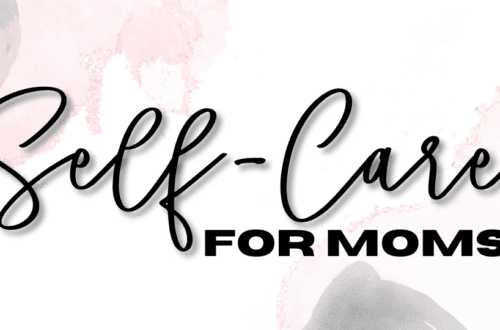

5 Comments
Pingback:
Pingback:
Pingback:
Pingback:
Pingback: